- Home
- TV History
- Network Studios History
- Cameras
- Archives
- Viewseum
- About / Comments
Skip to content




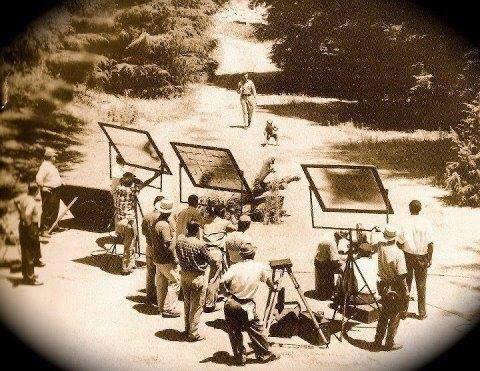

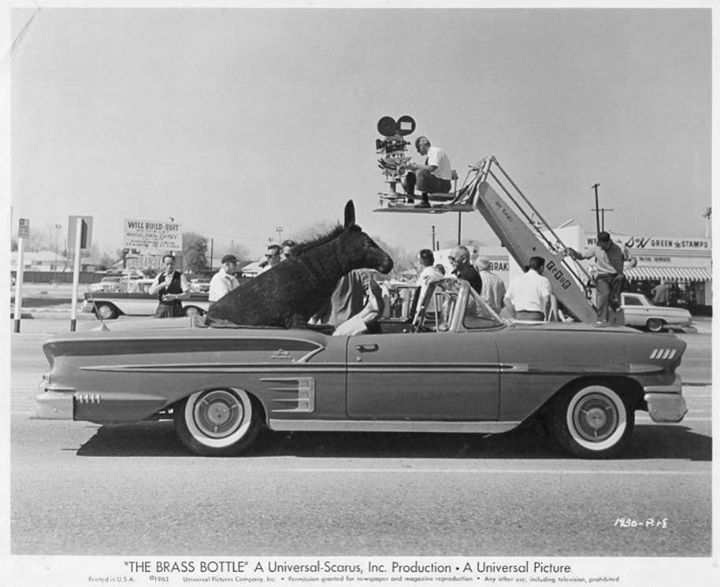

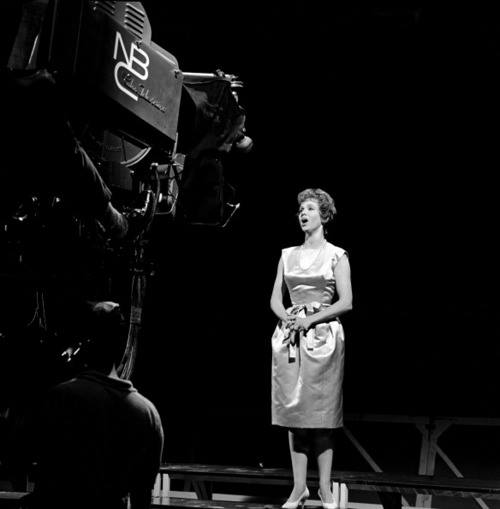

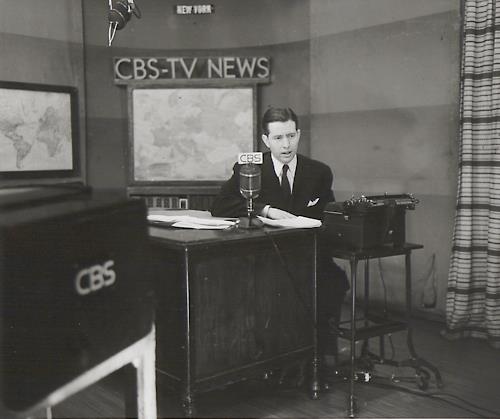

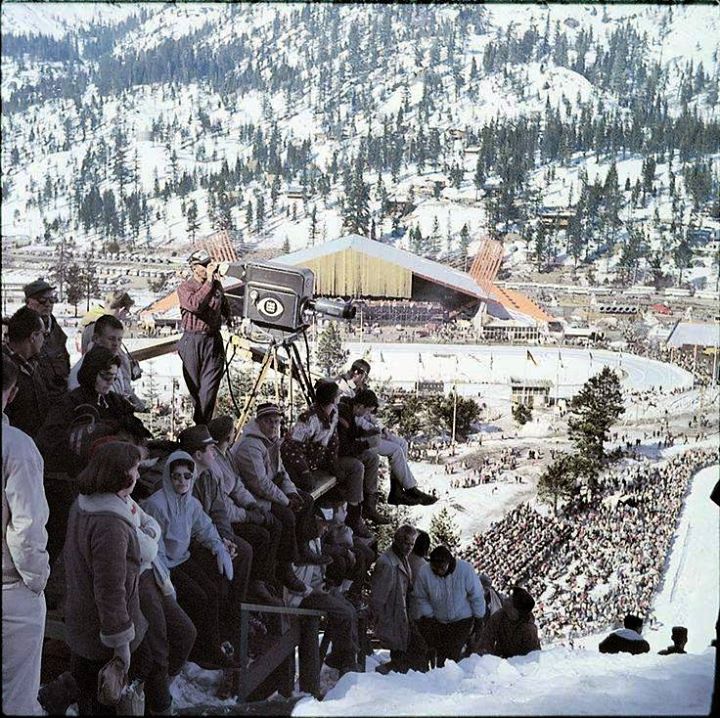

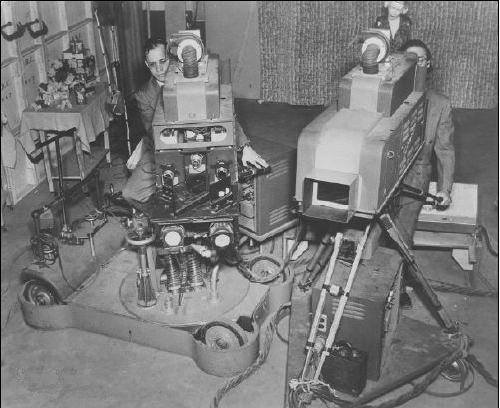



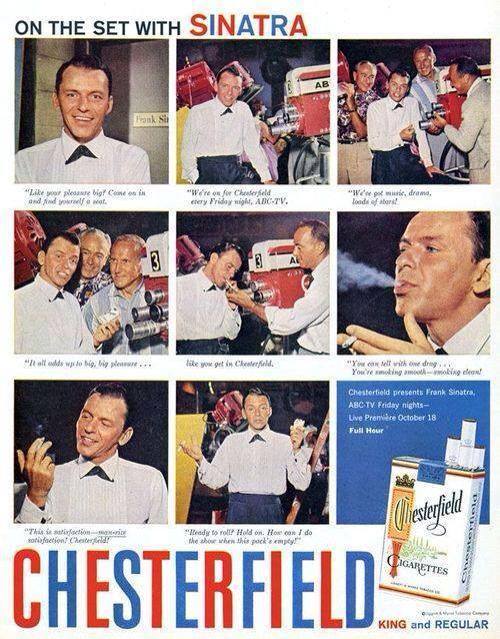





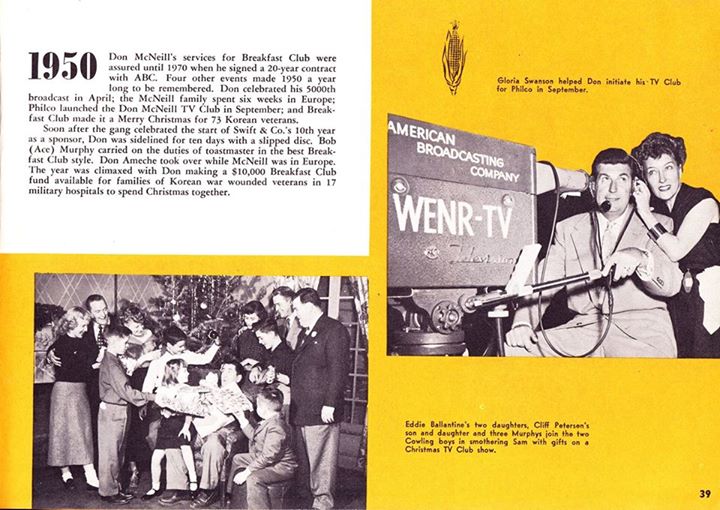

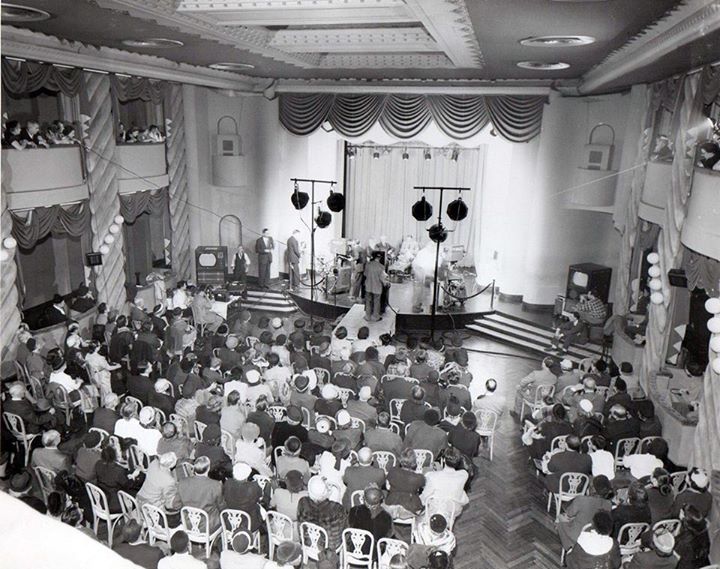



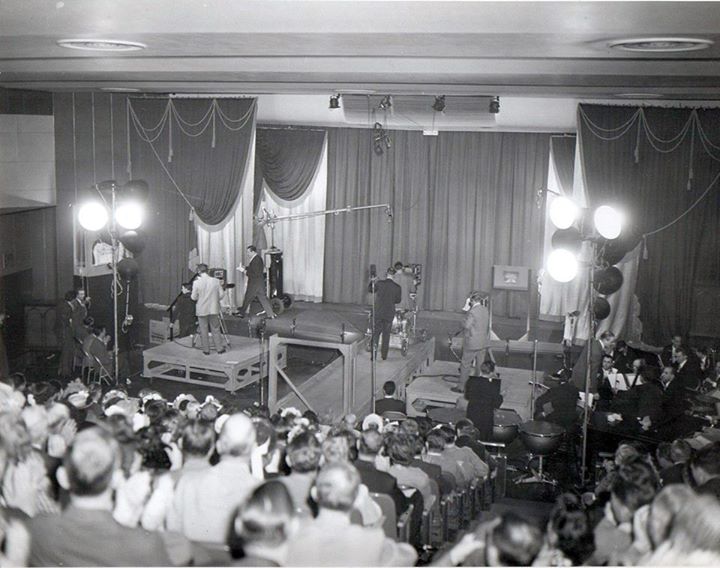



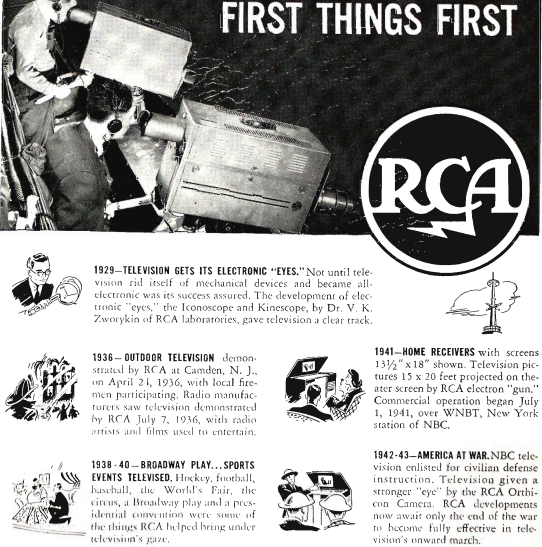

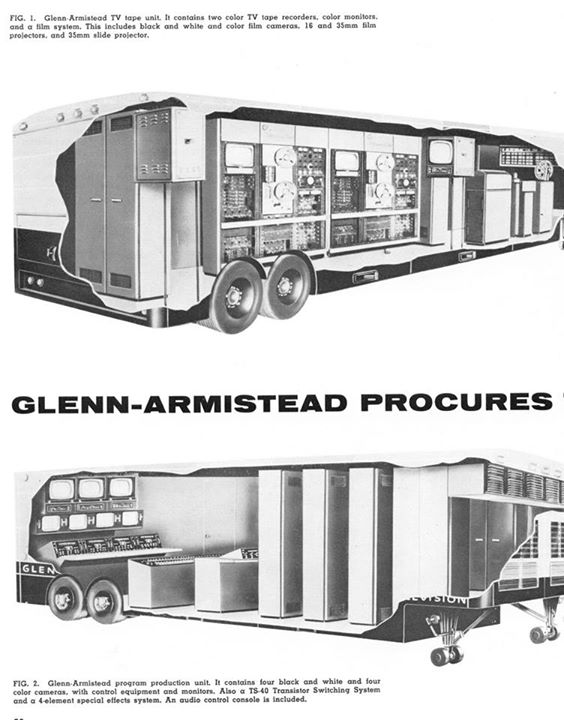

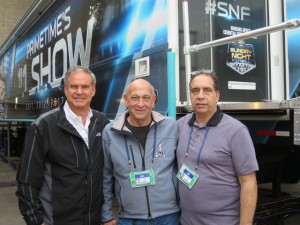

Posts in Category: TV History
Page 31 of 136
« Previous
1
2
3
4
5
6
7
8
9
10
11
12
13
14
15
16
17
18
19
20
21
22
23
24
25
26
27
28
29
30
31
32
33
34
35
36
37
38
39
40
41
42
43
44
45
46
47
48
49
50
51
52
53
54
55
56
57
58
59
60
61
62
63
64
65
66
67
68
69
70
71
72
73
74
75
76
77
78
79
80
81
82
83
84
85
86
87
88
89
90
91
92
93
94
95
96
97
98
99
100
101
102
103
104
105
106
107
108
109
110
111
112
113
114
115
116
117
118
119
120
121
122
123
124
125
126
127
128
129
130
131
132
133
134
135
136
Next » 

TeleTales #63…Groovy! KHJ At The Beach, 1967
On February 8, 2015
- TV History
TeleTales #63…Groovy! KHJ At The Beach, 1967
Thanks to Dave Miller, here’s a home movie shot at Santa Monica Beach in ’67 showing the taping of “Groovy” which was a local teen dance show. Notice the big silver connector on the side of the new Norlco PC60s…that is a converter box that takes the camera from it’s usual 2 cable configuration to a single TV 88 cable.
By the way, when you see The Standells perform, sing along with their hit “Dirty Water” and you’ll see they are in perfect sync. Enjoy and share! -Bobby Ellerbee
#t=35″ target=”_blank”>https://www.youtube.com/watch?v=hsEP8HE-aZc #t=35
Rare 8mm footage taken in 1967 in California during the filming of KHJ-TV’s Groovy. In addition to host Michael Blodgett, guest bands for the day included Th…
TeleTales #60…The CBS Censors And The Smothers Brothers
On February 8, 2015
- TV History
TeleTales #60…The CBS Censors And The Smothers Brothers
Thanks to Randy West, here is a perfect example of the kind of censorship and restraint CBS applied to Tom and Dick Smothers. Can you say petty?
The bigger issue was politics and Tom and Dick discuss that at the link above. The best discussion on this topic is from the 2002 documentary from Maureen Muldaur called “Smothered: The Censorship Struggles of the Smothers Brothers Comedy Hour”.
It’s online, but you have to sign up to see it, but it’s worth it.
Enjoy and share. -Bobby Ellerbee
TeleTales #59…By Request, The Andy Griffith Opening
On February 8, 2015
- TV History
TeleTales #59…By Request, The Andy Griffith Opening
This rare photo is one of the most shared images ever posted here, and to answer the many requests to see it again, here it is. Enjoy and share! -Bobby Ellerbee
TeleTales #58…Hauling Ass Into History! A Dream Of Jeannie?
On February 6, 2015
- TV History
TeleTales #58…Hauling Ass Into History! A Dream Of Jeannie?
What does this picture of a donkey in the backseat have to do with television history? Actually, quite a lot.
This is a publicity shot for a 1964 movie called “The Brass Bottle” which costarred Barbara Eden. Although she did not play the genie that lived in the bottle, her appearance in the film led to her being cast in the television show that was a spin off of this movie…”I Dream Of Jeannie” which debuted in 1965. Please remember to visit the main page to see all of today’s stories…just click on the blue text at the top of this post! Enjoy and share! -Bobby Ellerbee
TeleTales #57…A Two Bird, One Stone Surprise
On February 6, 2015
- TV History
TeleTales #57…A Two Bird, One Stone Surprise
https://www.youtube.com/watch?v=d0vggMCiJfs&ab_channel=vaimusic
First, at the link is a song that many people think was a Beatles original, but it’s not…it’s from “The Music Man”. The performance is by opera star Barbra Cook on “The Bell Telephone Hour” which began April 29, 1940 on NBC Radio and was heard there until June 30, 1958 when it moved to television for a nine year run.
Below is nice shot of Barbara Cook from one one of her many appearances on the Bell Hour which originated at NBC Brooklyn. The Bell hour was one of the first shows to be broadcast exclusively in color. I think “The Howdy Doody Show” was the first daily color broadcast starting September 12, 1955. To make sure you are seeing all the stories, please visit the main page by clicking on the blue text at the top of this post -Bobby Ellerbee
TeleTales #56…Network Television’s First News Program
On February 6, 2015
- TV History
TeleTales #56…Network Television’s First News Program
In 1947, CBS began experimenting with a news show which was broadcast on Saturday night, but soon afterward they added a Wednesday night edition too. As far as I know, this was newsreel show with no on camera talent, but there was a live announcer narrating.
On May 3, 1948 introduced “CBS Television News” with a live host…Douglas Edwards. I say host, because use of the word “anchor” did not come about till 1952, when Walter Cronkite was deemed anchor man of the 1952 political conventions.
This was television’s first live news show and ran weeknights from 7:30 till 7:45. I think the one camera show originally came from a small newsroom office at the CBS headquarters building at 485 Madison Avenue with the film being rolled from Studio 43 at Grand Central. It later moved to Leiderkrantz Hall and finally to Studio 42 at Grand Central. To see all of todays stories, please remember to visit the main page by clicking on the blue text at the top of this post. -Bobby Ellerbee
TeleTales #55…VIII Winter Olympics From Squaw Valley
On February 6, 2015
- TV History
TeleTales #55…VIII Winter Olympics From Squaw Valley
In February of 1960, CBS televised the events live from California in glorious black and white, but at least by then, there was video tape. As a matter of fact, this is one of the first times videotape was used to help officials officials judge an event. There was a question if one of the skiers had touched a flag and the tape was used to help the judges see what had really happened. Thanks to Kevin Vahey for the great picture. Please remember to visit the main page to see all of todays articles…just click on the blue text at the top of this post. -Bobby Ellerbee
RCA’s First Experimental Color Television Cameras
On February 6, 2015
- TV History
RCA’s First Experimental Color Television Cameras
By request, here is more on RCA’s first color efforts. Shown here are the first two RCA color cameras made. The photo was taken at NBC/RCA’s Wardman Park Studio in Washington DC around 1949.
The camera on the left has the lens cowl removed and notice that the color splitting mirrors are mounted in front of the fixed lens. Although the b/w RCA TK10 and TK30 had come to market in 1946 with turret lenses, this camera was not quite ready for that yet and, as with the old Iconoscope cameras, had to dolly in and out to get close ups or long shots.
In late 1950, these cameras were basically abandoned when RCA moved color testing to NBC Studio 3H in New York. The Washington color veterans were sent there, but these cameras went back to Princeton. The new experimental color cameras in 3H were the black “coffin cameras” which had the first hint of the now famous rounded viewfinder. Color tests began in 3H in early 1951 and stayed there till early ’53 when the Colonial Theater came into service with the prototype RCA TK40s. Please remember to visti the main page…just click on the blue text at the top of this post! -Bobby Ellerbee
Television Milestones…1939 – 1940 Historical Events Timeline
On February 6, 2015
- Archives, TV History
Sometimes, it’s good to put things is perspective with a big picture overview of how television developed. Here is a look at the early milestones of the new media…baby steps along the way. By the way, W2XBS became WNBT or what we now know as WNBC. Enjoy and share! -Bobby Ellerbee
Apr. 30, 1939. President Roosevelt is the first President to appear on television, from the New York World’s Fair on W2XBS, now transmitting on 45.25 MHz visual and 49.75 MHz aural.
May 17, 1939. A Princeton-Columbia baseball game is telecast from Baker Field in New York by W2XBS, making this the first sports telecast 4 p.m. to 6:15 p.m. Bill Stern was the announcer.
June 1, 1939. First heavyweight boxing match televised, Max Baer vs Lou Nova, form Yankee Stadium on W2XBS.
Aug. 26, 1939. First major league baseball game telecast, a double-header between the Cincinnati Reds and the Brooklyn Dodgers at Ebbets Field, Brooklyn, announcer Walter L. “Red” Barber on W2XBS.
Sept. 30, 1939. First televised college football game, Fordham vs Waynesburg, at Randall’s Island, New York, on W2XBS.
Oct. 22, 1939. First NFL game is televised by W2XBS: the Brooklyn Dodgers (correct, there was such a team) beat the Philadelphia Eagles 23-14 at Ebbets Field in Brooklyn. Play by play announcer was Allen (Skip) Walz.
Nov. 10, 1939. W2XB in Schenectady NY goes on the air (became WRGB in 1942). This GE property (W2XB) was the first experimental station licensed and RCA (W2XBS) was second. The XB stand for Experimental Broadcast…the S in W2XBS is for South, as NYC was to the south of the first licencee.
Jan. 1940. The FCC holds public hearings on television.
Feb. 1, 1940. The first NBC network television program was broadcast (with help from AT&T) from W2XBS NYC to Schenectady.
Feb. 25, 1940. First hockey game televised, Rangers vs Canadians, on W2XBS, from Madison Square Garden.
Feb. 26, 1940. The first quiz show, “Spelling Bee”, on W2XB (WRGB).
Feb. 28, 1940. FCC announces a limited commercial television service will be authorized beginning on September 1. Standards were not set, pending further research until the best system could be determined. Two days later the FCC suspended its authorization for commercial service, declaring that the marketing campaign of RCA disregarded the commission’s findings and recommendations.
Feb. 28, 1940. First basketball game televised, from Madison Square Garden, Fordham vs The University of Pittsburgh, by W2XBS.
Mar. 10, 1940. W2XBS utilizes the Metropolitan Opera to broadcast a scene from the opera “Pagliacci” from NBC Studio 3H. The audio portion is carried over radio station WJZ.
Mar. 15, 1940. Broadcasting reports RCA cuts price of television sets, starts sales drive intended to put a minimum of 25,000 in homes in service area of NBC’s W2XBS.
Apr. 1, 1940. Broadcasting reports FCC suspends order for “limited commercial” operation of TV, censures RCA for sales efforts which are seen as an attempt to freeze TV standards at present level, calls new hearing; critics call move “usurpation of power.”
Apr. 13, 1940. W2XWV (WABD) licensed to DuMont.
June 1940. W2XBS (NBC) covers the Republican National Convention from Philadelphia for 33 hours over five days. Broadcast to NYC, Schenectady and Philadelphia as first three city NBC network feed. W3XE (WPTZ) was the Philadelphia station.
Aug. 5, 1940. W9XBK (WBKB) Chicago goes on the air (Balaban & Katz/Paramount).
Aug. 29, 1940. Peter Goldmark of CBS announces his invention of the Field Sequential color TV system.
Sept. 3, 1940. First showing of color TV, by W2XAB, (WCBS) transmitting from the Chrysler Building, using 343 lines. This was the first telecast of any kind from CBS since the closing of their scanner station February 2, 1933.
Just For Fun…”The Frank Sinatra Show”, ABC 1957
On February 5, 2015
- TV History
Just For Fun…”The Frank Sinatra Show”, ABC 1957
From October of ’57 through June of ’58, ABC broadcast this show, usually live, from the El Captain Theater in Los Angeles, which was also home to “Queen For A Day”.
Notice above, I said “usually live”…actually only a few of the shows were supposed to be live variety shows with the bulk being filmed dramas that either starred Sinatra or had him hosting the drama. As it turned out, Sinatra hated to rehearse and tried to film 11 shows in 15 days. They were so bad, ABC settled for the live variety shows and cut it’s losses with a short season.
Below are a couple of clips with Frank, Dean Martin, Bing Crosby and Mitzi Gaynor. With this Chesterfield ad, we are reminded of the old red and white ABC camera colors. Enjoy and share! -Bobby Ellerbee
http://www.youtube.com/watch?v=ZqGPtwvsh6A
http://www.youtube.com/watch?v=eQgHV9OFazE


A Primer On The History Of Chroma Key In Television
On February 5, 2015
- TV History, Viewseum
A Primer On The History Of Chroma Key In Television…
Was this Milton Berle chroma key sketch the first? No, but it is one of the most sophisticated early uses of the technology as it employs both chroma key and video tape editing. This was quite a feat in 1959!
Motion picture production had been using compositing for years prior to the invention of television, but it was an involved process requiring optical printers and intermediate film mattes, hardly suitable for the immediacy of live television.
In July of 1957, chroma key had its first on-air test on one of NBC Burbank’s more ambitious projects, ‘Matinee Theater’ that ran from 1955 to 1958. Every weekday afternoon, a one-hour live dramatic production was presented. The source material varied, but often it was an adaptation of some famous literary work.
A television version of the H.G. Wells classic “The Invisible Man,” lent itself perfectly for the first live use of chroma key. When the title character’s hands and head were wrapped in blue and he stood in front of a blue screen, the chroma key amplifier would replace the blue parts of the video with an image from another camera. All that would be seen in the composite shot was the man’s clothing in front of scenery being shot by the background camera, thus making him appear to be invisible.
Chroma key was developed by Frank Gaskins, NBC Burbank’s technical operations supervisor and Milt Altman, graphics arts supervisor. Together, they pooled their talent to develop what has become standard equipment on live video switchers throughout the world and now can be launched on any home computer. Today, blue has been largely replaced by the use of green, but is the same process. The key color change became necessary when video started to be compressed and primary colors began to be sampled at the ratio of 4:2:2, with luminence and green being the only fully sampled channel in most cases. -Bobby Ellerbee


NBC Tour Time #2…30 Rock As Only David Letterman Can Show It
On February 5, 2015
- TV History
NBC Tour Time #2…30 Rock As Only David Letterman Can Show It
Just for fun, here a clip from around 1985, just before the GE sale, with Dave bring out some of the many selling points. I particularly like the trip to the Tom Brokaw news set;>) Thanks to David Crosthwait for the clip. Enjoy and share! -Bobby Ellerbee
https://www.youtube.com/watch?v=R6RKlrq5sbs
Ghosts and headlocks.
Guess Who’s Network Broadcasting’s Longest Running Host
On February 5, 2015
- TV History
Guess Who’s Network Broadcasting’s Longest Running Host…
Bob Barker is a close second with 34⅔ years years on “The Price Is Right”, but the winner and still champion is Don McNeil with a 35½ tenure as host of a network entertainment program.
Counting only television, Barker wins, but when you add radio to the mix, “The Don McNeil Breakfast Club” from Chicago comes in first. The show started on the NBC Blue Network, but then became an ABC Radio show with the divestiture.
It originated in Chicago and ran from 1933 to 1968. In 1950, the show was simulcast on ABC for a year, and then again in 1954. Below is a clip from 1954. Thanks to Barry Mitchell for reminding us of Don. Enjoy and share. -Bobby Ellerbee
TeleTales #53…Another New Rarity! “Life Begins At 80”
On February 4, 2015
- TV History
TeleTales #53…Another New Rarity! “Life Begins At 80”
This is a beautiful shot of Dumont’s main studio at the Wanamakers Department Store location. It wasn’t always this dressy, but this special set was built to entice the show’s producers Jack Barry and Dan Enright away from NBC where “Life Begins At 80″ had aired from 1950 till ’52.
The show had actually started on radio in 1948. In ’55, the show left Dumont and moved to ABC for a year and was finally retired to give Barry and Enright time to work on a new show you may have heard of….”Twenty One”! Yes, ground zero for the quiz show scandals. Once again, thanks to Mike Clark for finding this for us. Enjoy and SHARE! -Bobby Ellerbee
TeleTales #52…NEW, ULTRA RARE! The Kraft Cameraman
On February 4, 2015
- TV History
TeleTales #52…NEW, ULTRA RARE! The Kraft Cameraman
Before “The Kraft Television Theater” debuted on a regular basis from NBC Studio 8G in May of 1947, it had been done occasionally from Studio 3H in 1945 with their big silver Iconoscope cameras.
I think this super rare picture of the opening shot display was taken in May of ’47 in 8G. We see two men working on the rotation table here, but over the years, the mode of travel changed. This turntable setup was the first arrangement. In the early ’50s, the cameraman was rotated back and forth by a visible stick from underneath. By the mid to late 50s, the cameraman was dollying into the picture and then turning with the invisible help of magnets.
In 1954, Kraft began offering this as a toy for fifty cents with a Velveeta box top. I’ll post the introductory announcement below in the Comment section. Again, thanks to Mike Clark for sharing this. Enjoy and SHARE! -Bobby Ellerbee
TeleTales # 51…NEW, ULTRA RARE! “Texaco Star Theater”
On February 4, 2015
- TV History
TeleTales # 51…NEW, ULTRA RARE! “Texaco Star Theater”
This is just amazing! I have studied this very closely and believe this to be, if not the debut show, at least a photo taken in the first month of “The Texaco Star Theater” starring Milton Berle. This is the ONLY behind the scenes photo I have every seen of this show in production.
This was taken in NBC Studio 6B that was converted from radio to television on June 8, 1948, just in time for the debut of Berle’s show. I have several pictures of this studio in late ’48 in which the camera platforms have back rails, but notice there are none here yet which makes them brand new and this is possibly their first use.
Also notice the title card on the right side of the stage. As you can see at the start of this earliest video of the show, it is the same.
At the time this was taken, only NBC Studios 3H and 8G had their own cameras. Television was being done in what were then radio studios 3A, 3B, 6A and 6B with several in house mobile units with three cameras each. The Camera Control Units were on wheels and were placed in the sound locks of the studio.
When I mention the dates the studios were converted from radio to television, that means the date that these studios finally got their own control rooms. Even before the June 8, 1948 debut of 6B, some television was done here with the mobile units, which was also the case for 3A, 3B and 6A. In September of 1949, these mobile units would also finally enter Studio 8H for the television debut of “The Voice Of Firestone”. Many thanks to Mike Clark for sharing this, AND some great pictures yet to be posted! Enjoy and SHARE! -Bobby Ellerbee
TeleTales #50…Double Header History In The Making
On February 3, 2015
- TV History
TeleTales #50…Double Header History In The Making
This is the story of the first MLB night game broadcast and…a little more. The article from June of 1941 also gives us what I think is the first ever look at the RCA Model 1846 Orthicon camera.
It has been hard to get a date on when these cameras were actually put into service, but in the photo we see the 1846 on the right of the RCA field Iconoscope camera. More than likely, it was here to use as a side by side comparison test for RCA and NBC engineers. This is a couple of years earlier than the 1943 date we had thought. Enjoy and share. -Bobby Ellerbee
TeleTales #48…Take A Minute To Look And Think About This
On February 3, 2015
- TV History
TeleTales #48…Take A Minute To Look And Think About This
This 1944 ad from RCA gives us a few highlights of television’s history and brings to mind a question that is often asked here…what did television do during World War II?
Basically it shrank and took a back seat to the war effort, but it didn’t die. Notice that in 1941, RCA began offering larger home receivers, demonstrated large screen projection TV, and W2XBS became WNBT and a commercial broadcaster.
On December 7, 1941, all that forward progress stopped when Japan bombed Pearl Harbor. RCA had already been heavily involved in making radar and electronics for Britain, but now went full speed ahead for the US military.
Around 1941, these cameras, the RCA Orthicon cameras, the Model 1846 were introduced here in limited quantities for the limited amount of broadcasts occurring. More on them in one of today’s coming posts, Notice the last sentence in the very last paragraph which hints at something new coming, but only after the end of the war. That something would be the new Image Orthicon tube which they were already making for television guided bombs for the Air Force. The IO tube was a military secret and even after the war ended, it took some persuasion on RCA’s part to get the military to approve the use in civilian broadcasting. Enjoy and share! -Bobby Ellerbee
TeleTales #47…You’ve Come A Long Way Baby!
On February 3, 2015
- TV History
TeleTales #47…You’ve Come A Long Way Baby!
Given all of the Super Bowl coverage, I thought a look back at 1960 state of the art mobile production was in order. This is the new RCA twin truck unit recently purchased by Los Angeles based Glenn-Armistead Productions.
The production truck (bottom) carried 4 RCA TK11/31 black and white and 4 RCA TK41 color cameras. The tape truck had two huge RCA TRT 1B color tape machines and an entire 16 and 35mm film chain. Enjoy and share! -Bobby Ellerbee


Live from Super Bowl XLIX: NBC Sports Settles in for the Big Game : Sports Video Group
On February 3, 2015
- TV History
TeleTales #46…More Behind The Scenes Super Bowl Reports
When you click this article, notice to the right are a half dozen more written Sunday about other technical aspects and operations, and below that in the Sportswire section are even more stories on some of the new equipment used at the game. Enjoy and share! -Bobby Ellerbee
Live from Super Bowl XLIX: NBC Sports Settles in for the Big Game : Sports Video Group
Super Bowl XLIX later today will wrap up three years of planning by the team at NBC Sports and NEP, its primary production partner on the event. It also wraps up a very busy couple of weeks that saw the production team work around another big football game last weekend (the Pro Bowl) as well as the…
Page 31 of 136
« Previous
1
2
3
4
5
6
7
8
9
10
11
12
13
14
15
16
17
18
19
20
21
22
23
24
25
26
27
28
29
30
31
32
33
34
35
36
37
38
39
40
41
42
43
44
45
46
47
48
49
50
51
52
53
54
55
56
57
58
59
60
61
62
63
64
65
66
67
68
69
70
71
72
73
74
75
76
77
78
79
80
81
82
83
84
85
86
87
88
89
90
91
92
93
94
95
96
97
98
99
100
101
102
103
104
105
106
107
108
109
110
111
112
113
114
115
116
117
118
119
120
121
122
123
124
125
126
127
128
129
130
131
132
133
134
135
136
Next »